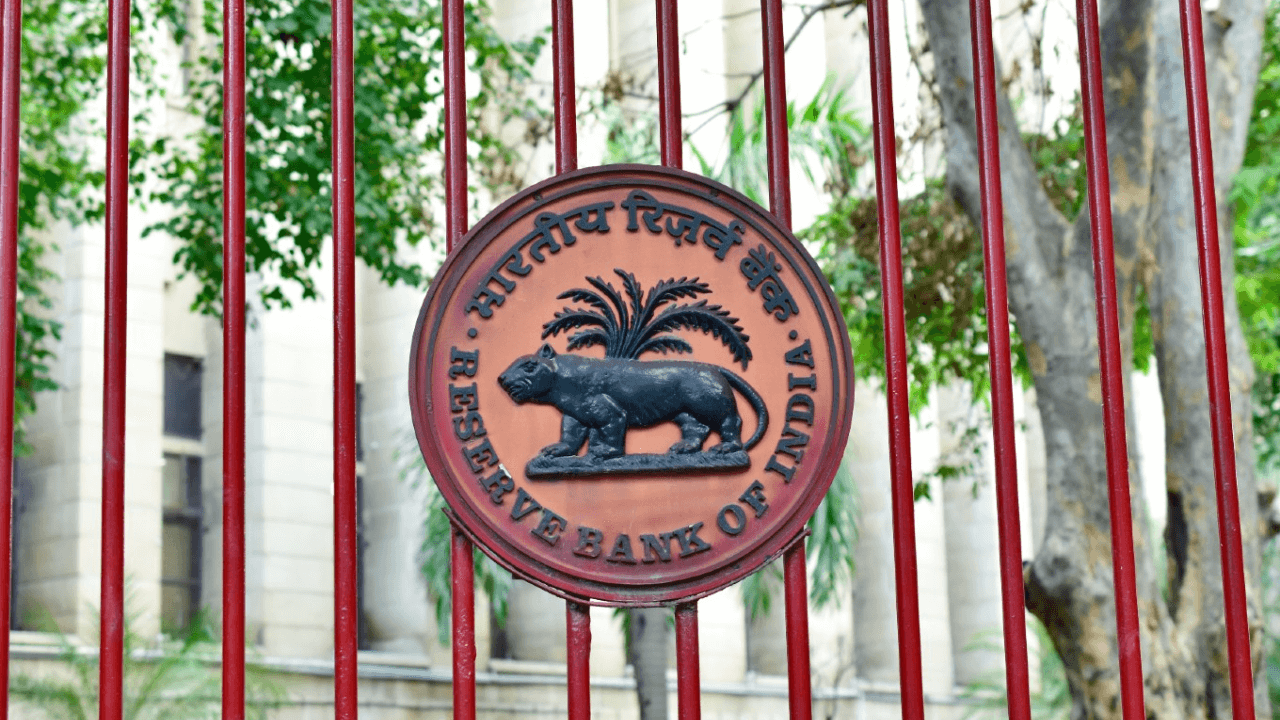RBI Initiates Changes for Streamlined Transactions: Offline Payment Limits
The Reserve Bank of India (RBI) has recently introduced modifications to regulations governing Offline Payment Limits, with the intention of improving user convenience and encouraging wider adoption of digital payments. One significant change is the increase in the upper limit for offline payment transactions, which has been elevated from ₹200 to ₹500, becoming effective immediately. This development falls in line with RBI’s ongoing commitment to refining payment processes and catering to evolving consumer preferences.
Empowering Offline Transactions: Key Adjustments and Boundaries
Increased Transaction Cap: Notably, the upper limit for offline payment transactions has been expanded to ₹500. This alteration enables consumers to conduct offline payments up to ₹500 without the requirement of an active internet connection. The objective is to facilitate smoother transactions, especially for transactions involving modest to moderate amounts.
Overall Transaction Limit: While the per-transaction cap has been raised, it’s important to recognize that the cumulative limit for offline transactions using a single payment instrument remains set at ₹2,000. This equilibrium aims to balance the convenience of larger transactions with security considerations, guarding against potential financial risks associated with unauthorized usage.
Robust Security Protocols for Replenishment: Offline Payment Limits
Secure Replenishment Process: Upholding stringent security standards, the process of replenishing utilized transaction limits is now restricted to online mode and is fortified by an additional factor authentication (AFA). This security layer offers protection against potential fraudulent activities and ensures the replenishment process’s integrity.
Enhanced Transaction Alerts and Liability
Timely Transaction Notifications: Issuers of payment instruments are now mandated to promptly notify users upon receiving transaction details. While sending an alert for each transaction is not obligatory, the comprehensive disclosure of transaction specifics is mandatory. This transparency practice empowers users to closely monitor their payment activities.
Merchant Accountability and Security
Liabilities in Case of Merchant Issues: In scenarios where technical or transaction security problems arise at the merchant’s end, the acquirer— the entity facilitating payment acceptance— assumes liability for associated issues. This measure enforces the acquirer’s responsibility for maintaining a secure and dependable payment environment that safeguards merchants and consumers alike.
Consumer Liability and Regulatory Framework
Offline payment transactions fall under the purview of RBI’s limited customer liability circulars, which are subject to potential future amendments. This regulatory framework is designed to shield consumers from undue financial burdens stemming from unauthorized transactions, fostering a secure and trustworthy digital payment landscape.
- SIDBI Grade B Notification 2025 Out For 26 Manager Post
- SSC CGL Tier 2 Weightage of English and Quants, Check Here
- 7 Tips for Staying Motivated during SSC CGL Exam Preparation
- General Science Question for SSC CGL Exam, Attempt Here
- SIDBI Grade B Syllabus & Exam Pattern 2025, Download PDF

